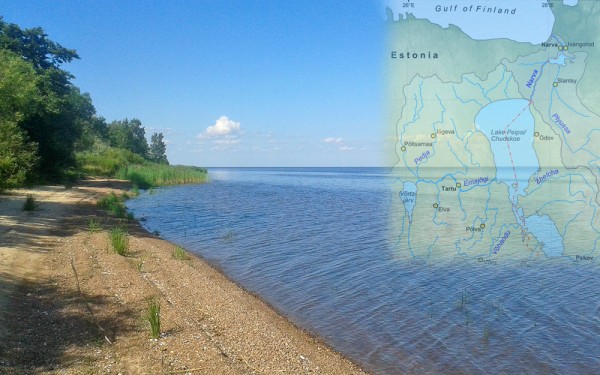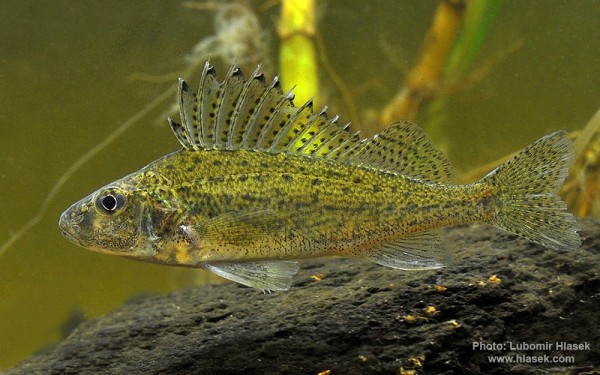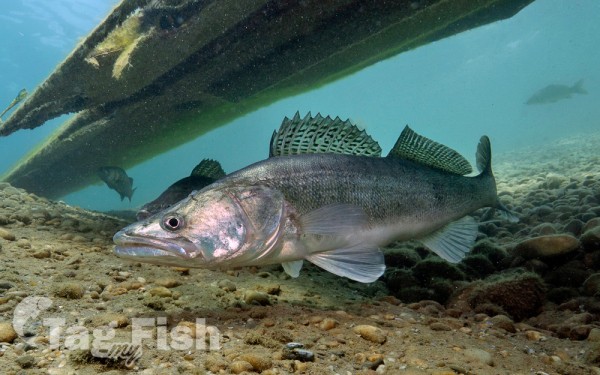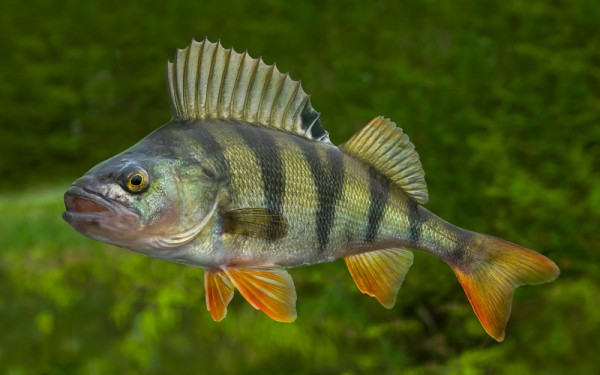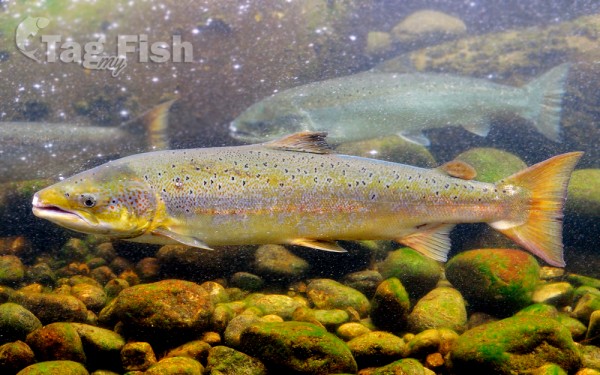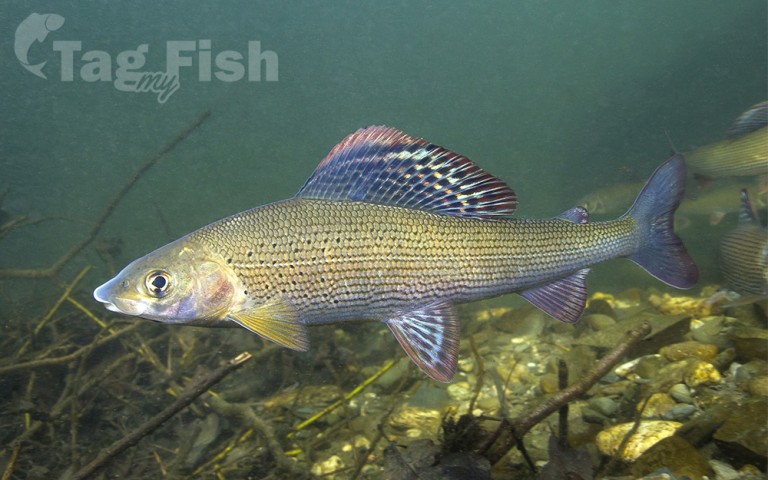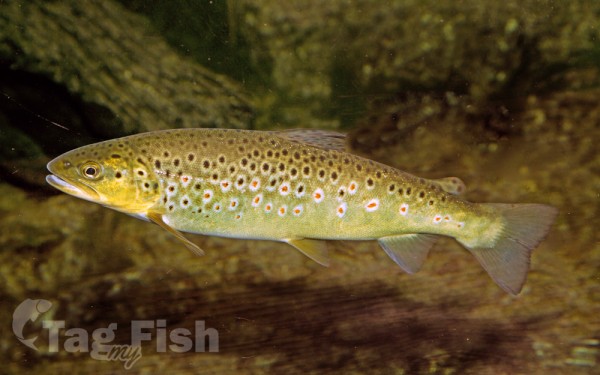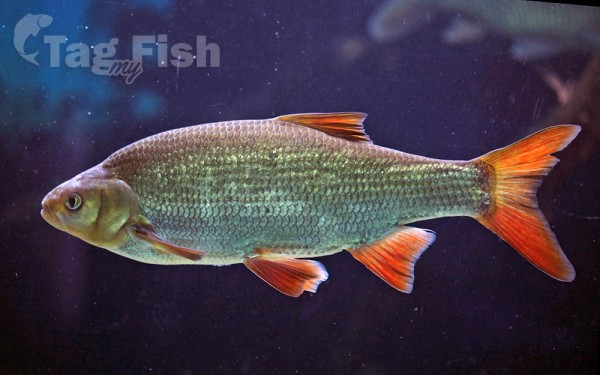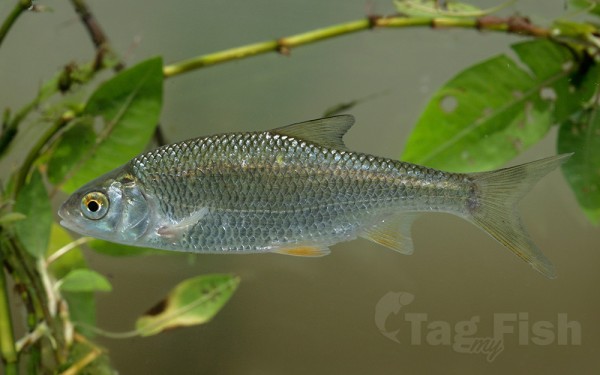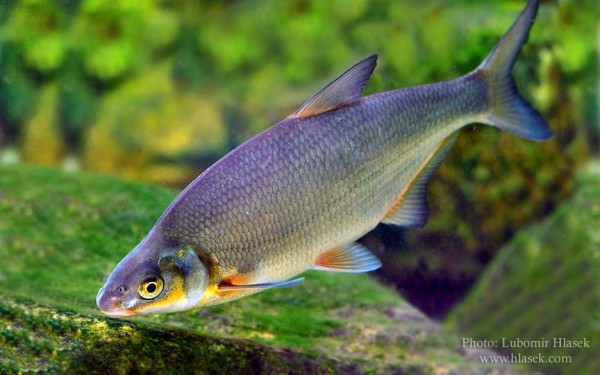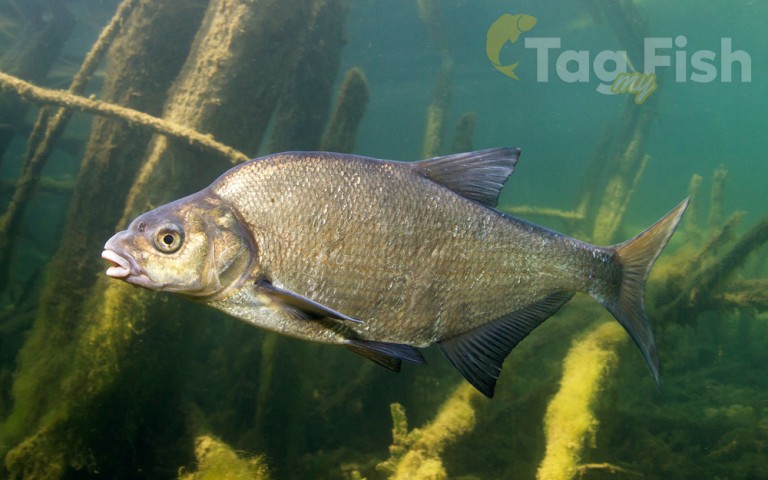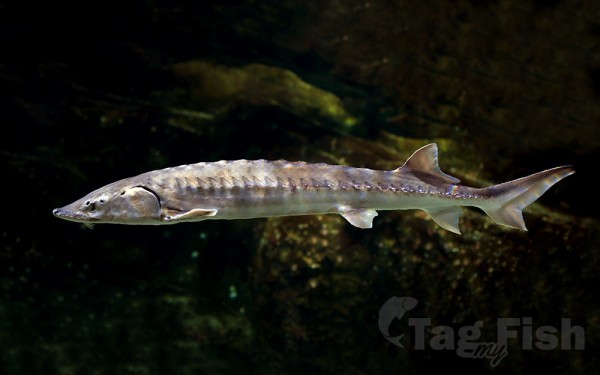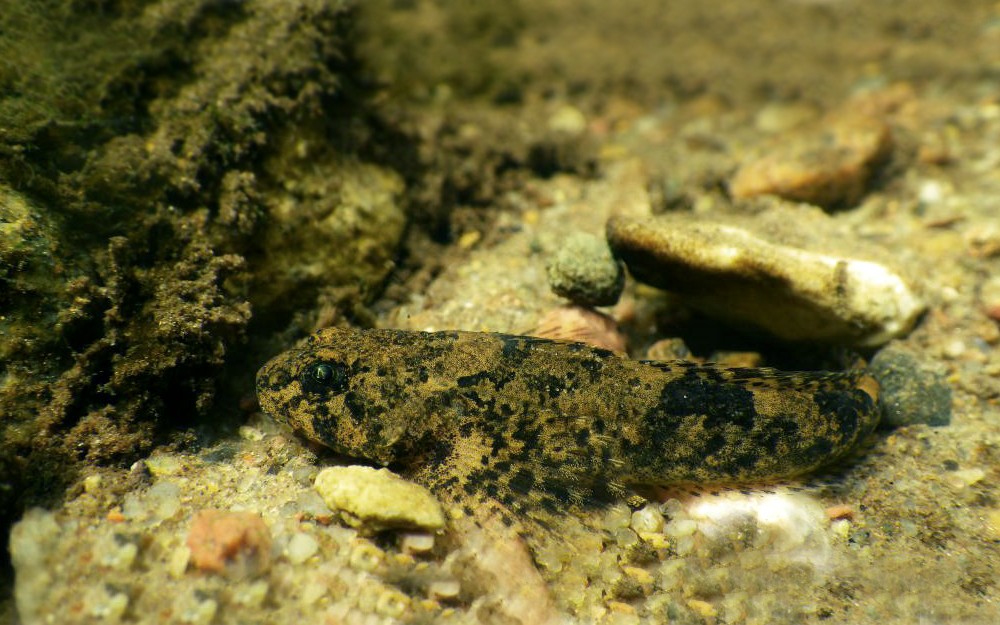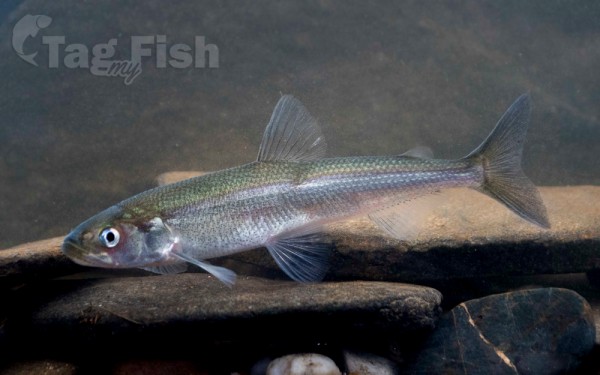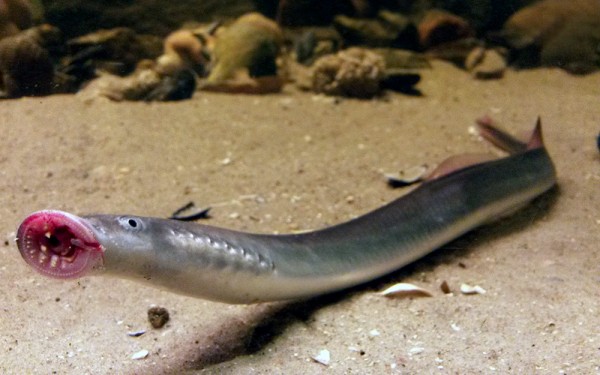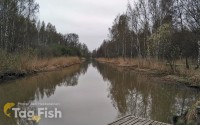Narva
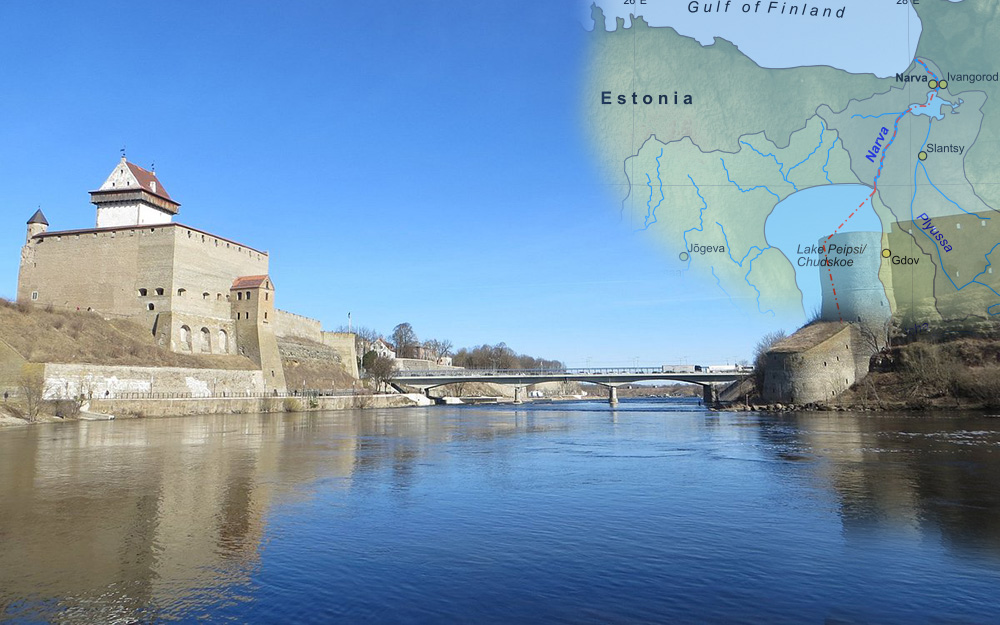
Natural lakes
Perciformes - Perches
Salmoniformes - Salmons and Trouts
Esociformes - Pikes
Cypriniformes - Carps
Acipenseriformes - Sturgeons and Paddlefish
Gadiformes - Cods
Scorpaeniformes - Mail-cheeked fishes
Osmeriformes - Smelts
Petromyzontiformes - Lampreys
Perciformes - Perches
Salmoniformes - Salmons and Trouts
Esociformes - Pikes
Cypriniformes - Carps
Acipenseriformes - Sturgeons and Paddlefish
Gadiformes - Cods
Scorpaeniformes - Mail-cheeked fishes
Osmeriformes - Smelts
Petromyzontiformes - Lampreys
Perciformes - Perches
Salmoniformes - Salmons and Trouts
Esociformes - Pikes
Cypriniformes - Carps
Acipenseriformes - Sturgeons and Paddlefish
Gadiformes - Cods
Scorpaeniformes - Mail-cheeked fishes
Osmeriformes - Smelts
Petromyzontiformes - Lampreys
The river Narva flows 77 kilometres (48 mi) north into the Baltic Sea and is the largest Estonian river by discharge. A similar length of land far to the south, together with it and a much longer intermediate lake, altogether forms the Estonia-Russia border.
The long lake, mentioned, which the river drains is Lake Peipus. The lake notably drains the much longer Russian river, the Velikaya, and a large, splayed drainage basin in the two countries.
The river gives its name to the Narva culture and the city of Narva, which faces the Russian town Ivangorod.
At the coast it passes part of the resort of Narva-Jõesuu. Its mouth is specifically into the very open WNW-facing Narva Bay of the Gulf of Finland. It gives the second-greatest discharge into the Gulf of Finland. The greatest discharge is the Neva, ranking fourth as to European rivers.
